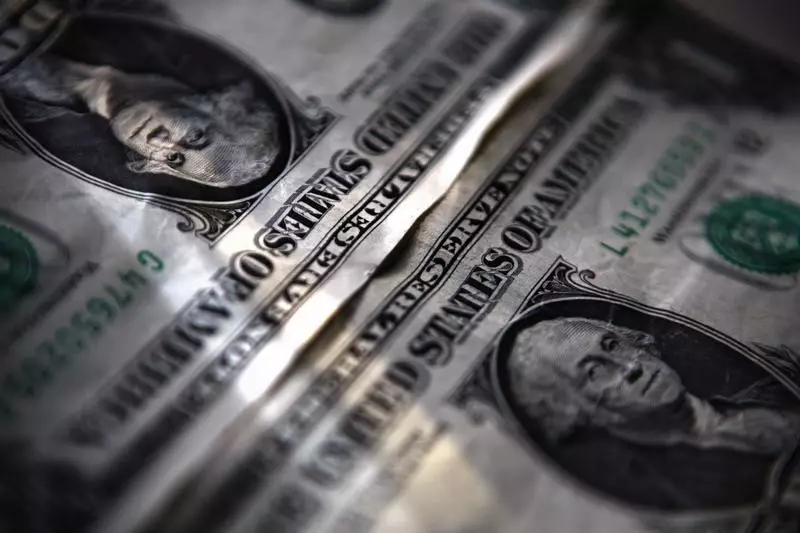The upcoming U.S. election is expected to have a significant impact on currency markets, with Citigroup strategists predicting a bullish outlook for the U.S. dollar. While the election is a key factor, other elements such as Federal Reserve policy, recession risks, and global economic conditions are also important considerations.
Trade and Tariff Policies
One of the primary drivers of a bullish USD outlook related to the election is the potential for increased tariffs, particularly those targeting China. Citigroup highlights currencies like the Chinese yuan, euro, Mexican peso, Taiwanese dollar, and Thai baht as vulnerable to these risks. The imposition of tariffs could strengthen the dollar as a result.
Citigroup outlines various election scenarios, each with different implications for the dollar. The “red wave” scenario, in which Trump wins and Republicans gain control of both chambers of Congress, is seen as the most USD positive. This outcome could lead to a focus on trade deficit reduction through tariffs and potential fiscal expansion through tax cuts and deregulation.
Market Response
Market participants typically begin to trade election themes two to three months ahead of the event, with the U.S. presidential debates in September serving as a key point for markets to start pricing in potential outcomes. Citigroup expects any USD strength related to the election to be priced in well before November, with the dollar possibly peaking around that time. The election could then become a “sell the news” event for the USD and volatility.
Aside from the election, other factors will continue to play a role in shaping the dollar in the coming months. Federal Reserve policy, particularly interest rate decisions, as well as broader macroeconomic conditions like the likelihood of a U.S. recession, will influence the dollar alongside election risks. Global economic developments, such as manufacturing slowdowns and challenges in Europe and China, could also impact currency markets.
While the U.S. election is expected to be a significant driver of USD strength, other factors such as trade policies, Federal Reserve decisions, and global economic conditions will also contribute to the currency market landscape in the months leading up to the election and beyond.

